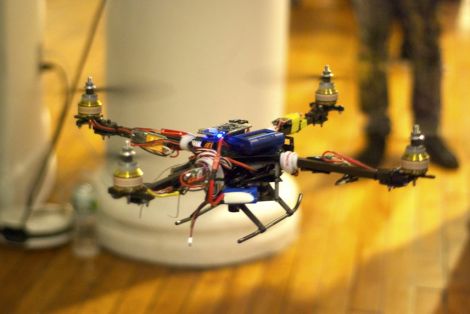DIY-er [Russell] wanted a quadcopter, and like many people out there, he knew the satisfaction that would come from building it himself. Rather than purchase a kit or follow a set of online instructions, he spent a lot of time researching quadcopters, and eventually put together a thorough tutorial himself.
His Arduino-based quadcopter is named Scout and runs about $1,000 to $1,200 depending on which parts you choose to buy. [Russell] has a complete parts list available on his site, including plenty of alternate component choices for builders on a budget.
He covers the construction process in great detail, discussing frame fabrication and component placement as well as how to program the Arduino for the copter’s first flight. He also takes the time to break down his component list item by item to explain how each piece is part of the greater puzzle, which is great for first time builders.
We love seeing this level of detail when discussing a build process, and as you can see by the video embedded below, his quadcopter looks great!
[Thanks, Willow]
Continue reading “How To Build Your Own Quadcopter, Step By Step”

















